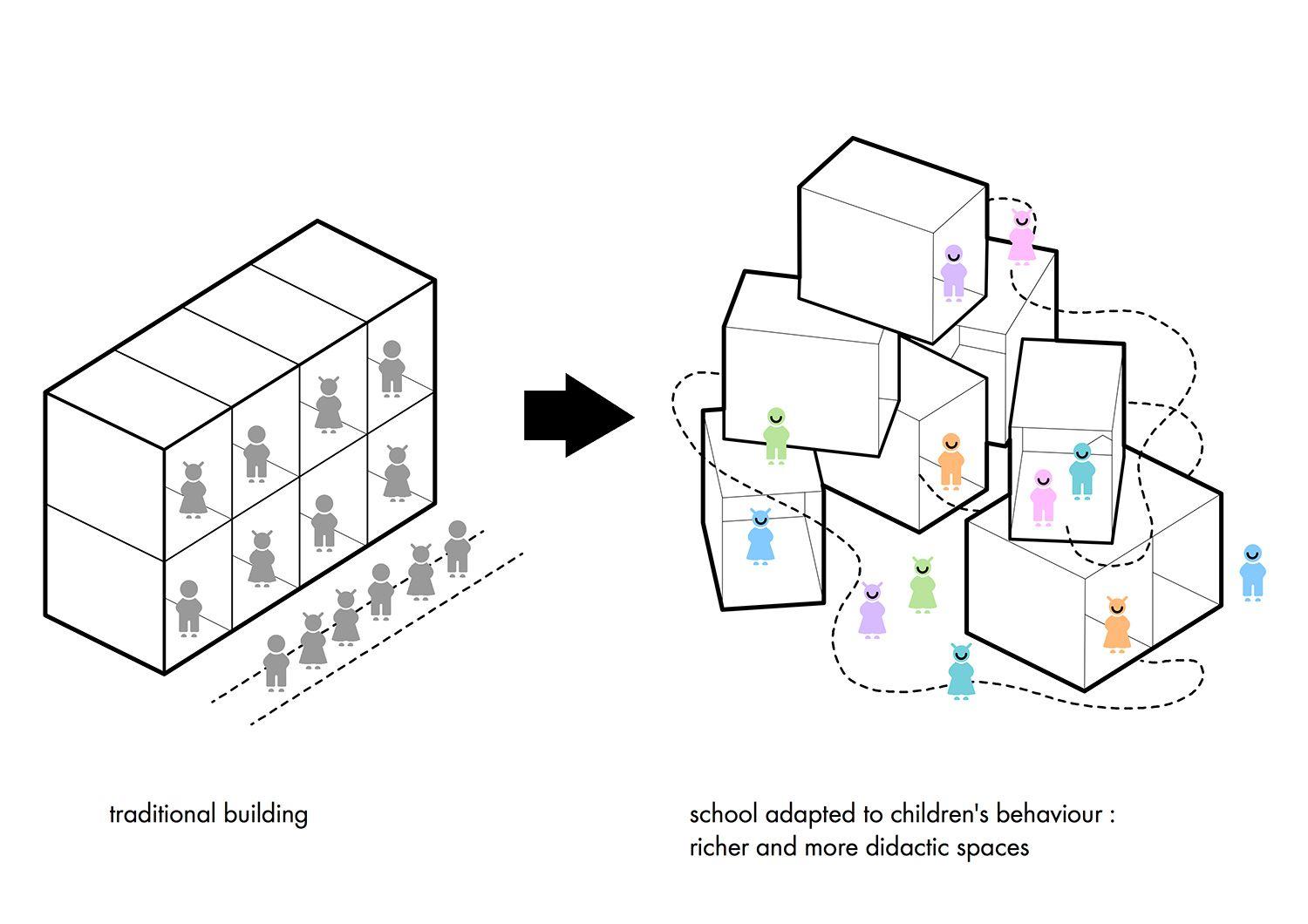- Home
- Articles
- Architectural Portfolio
- Architectral Presentation
- Inspirational Stories
- Architecture News
- Visualization
- BIM Industry
- Facade Design
- Parametric Design
- Career
- Landscape Architecture
- Construction
- Artificial Intelligence
- Sketching
- Design Softwares
- Diagrams
- Writing
- Architectural Tips
- Sustainability
- Courses
- Concept
- Technology
- History & Heritage
- Future of Architecture
- Guides & How-To
- Projects
- Interior Design
- Competitions
- Jobs
- Store
- Tools
- More
- Home
- Articles
- Architectural Portfolio
- Architectral Presentation
- Inspirational Stories
- Architecture News
- Visualization
- BIM Industry
- Facade Design
- Parametric Design
- Career
- Landscape Architecture
- Construction
- Artificial Intelligence
- Sketching
- Design Softwares
- Diagrams
- Writing
- Architectural Tips
- Sustainability
- Courses
- Concept
- Technology
- History & Heritage
- Future of Architecture
- Guides & How-To
- Projects
- Interior Design
- Competitions
- Jobs
- Store
- Tools
- More
The Power of Diagrams in Architectural Storytelling

In the dynamic and multifaceted world of architecture, the ability to convey ideas, concepts, and visions effectively is paramount. This is where diagrams come into play, offering architects a visual language that goes beyond the limitations of words. Through diagrams, the complex and layered narrative of architectural design becomes accessible, relatable, and deeply influential.
Table of Contents
Toggle1. A Pictorial Essence of Design
It is often said that a picture is worth a thousand words. Diagrams, in the realm of architecture, are those very pictures. They condense voluminous information into simple, legible visual representations. Whether illustrating the flow of human traffic, the relation between spaces, or the structural logic of a building, diagrams strip design down to its very essence, making it readily understandable.
2. Bridging The Gap
Diagrams act as an intermediary between the abstract world of concepts and the tangible realm of built forms. An architectural project might start as a vague idea or a feeling. Translating this into a concrete structure involves a sequence of decisions and refinements. Diagrams chronicle this journey, offering insights into the architect’s thought process, and helping stakeholders grasp the core principles driving the design.

3. Eliciting Emotion and Mood
Beyond their analytical value, diagrams have the potential to evoke emotions. By playing with colors, shapes, and compositions, architects can create diagrams that not only depict function and logic but also communicate the ambiance and mood of the proposed spaces. This emotional resonance enables a deeper connection with the viewer, fostering empathy and enthusiasm for the project.
4. Facilitating Collaboration
The collaborative nature of architectural projects demands clear communication among various stakeholders, from clients and consultants to contractors and end-users. Diagrams provide a common ground for these diverse participants. They serve as tools for brainstorming, discussion, and decision-making, ensuring everyone is aligned with the project’s direction.
5. Enhancing Public Engagement
For projects that involve community or public stakeholders, diagrams play a vital role in garnering support and feedback. By presenting ideas transparently and engagingly, architects can make the community an active participant in the design process. This not only fosters trust but also often results in more contextually relevant and embraced designs.

6. A Tool for Analysis and Reflection
Diagrams are not just for forward projection. They can also be used retrospectively to analyze existing buildings or urban settings. By diagramming the flows, patterns, and relationships in a current context, architects gain insights into potential areas of intervention or improvement.
Diagrams, in essence, are the storytellers of the architectural realm. They weave tales of innovation, challenge, and vision, helping to transform intangible ideas into the bricks and mortar of our built environment. As the field of architecture continues to evolve in the digital age, with new tools and mediums at its disposal, the age-old practice of diagramming retains its pivotal role in architectural storytelling. Through diagrams, architects not only visualize their design intent but also craft narratives that captivate, inform, and inspire.
Aim of Diagrams
Architects:
- Professional Communication: Architects frequently interact with a diverse group of stakeholders, including clients, consultants, contractors, and public bodies. Diagrams allow them to communicate complex design ideas in a clear and concise manner.
- Design Development: As a project progresses, architects need to refine their designs, factoring in feedback, site constraints, and other variables. Diagrams can help in visualizing and evaluating different design iterations.
- Documentation: In the professional world, documentation is crucial. Diagrams play a role in the schematic design phase, design development phase, and even during construction documentation to explain details or processes.
- Public Engagement: For public projects or those requiring community input, architects can use diagrams to present their ideas in community meetings, ensuring transparency and facilitating community involvement.

Credit: Before information architecture, there was… Architecture | by Yoon Shin | UX Collective (uxdesign.cc)
Students:
- Learning Tool: For students, creating diagrams can be an invaluable learning process. It helps them distill complex architectural theories or concepts into understandable visuals.
- Portfolio Development: A well-made diagram can significantly boost a student’s portfolio, showcasing not only their design but also their ability to think critically and represent ideas visually.
- Academic Projects: Students often need to explain their design process, concept evolution, and final design to professors and peers. Diagrams can make these presentations more impactful and coherent.
- Skill Development: The process of diagramming hones a student’s skills in graphic representation, spatial understanding, and design synthesis.
- Understanding Existing Works: Students often study existing buildings or urban scenarios as part of their curriculum. Diagramming these can give deeper insights into their function, form, and spatial relationships.

Credit: Gallery of UNStudio Designs a Smart Karle Town Center Masterplan for Bangalore, India – 13 (archdaily.com)
Submit your architectural projects
Follow these steps for submission your project. Submission FormLatest Posts
The Secret Infrastructure of Prestige Homes Revealed
The Secret Infrastructure of Prestige Homes Revealed Luxury homes capture the imagination...
Smarter Home Solutions for Modern Veterans
Veterans, service members, and eligible family members all fall under the same...
Upgrade to Advanced Security Garage Doors for Protection
Upgrade to Unmatched Protection with Advanced Security Garage Doors Home and business...
How Breakers Help Maintain System Selectivity and Fault Coordination
Have you ever wondered how electrical systems continue running smoothly even when...












Leave a comment